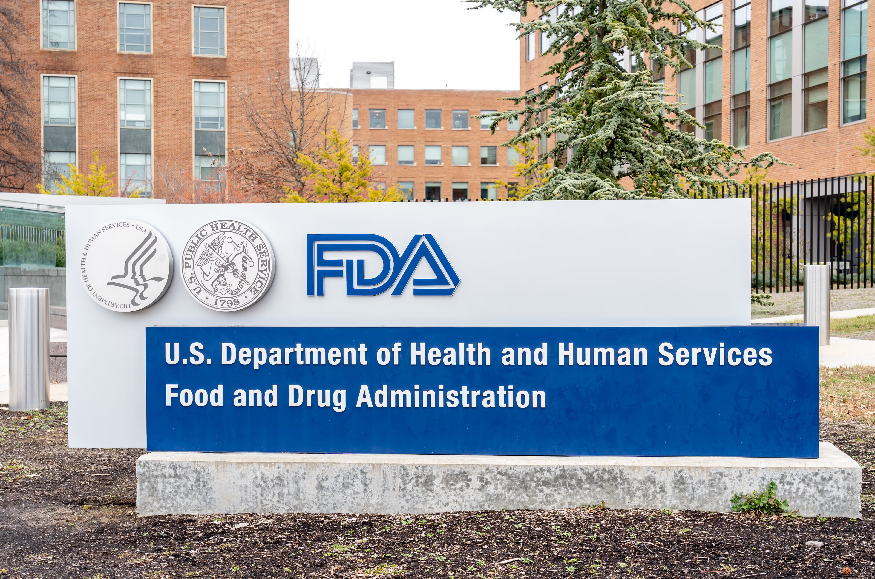
Everything to Know About FDA’s Push Towards Radical Transparency in 2025
Applied Clinical Trials Online
How has FDA increased transparency in 2025?
In July, FDA announced the public release of past Complete Response Letters (CRLs) issued between 2020 and 2024 through openFDA. Following in August, the agency shared it would begin publishing adverse event data from the FDA Adverse Event Reporting System (FAERS) on a daily basis. In both of these announcements, Commissioner Marty Makary, MD, MPH emphasized the agency’s push towards radical transparency.
Has FDA published more than 200 CRLs for transparency?
Yes. In the agency’s July announcement that it would be publishing past CRLs from 2020-2024, it stated over 200 would be included. Previously, CRLs were shared only with product sponsors, limiting broader industry visibility into the specific deficiencies that prevented approval.
What is a CRL issued by FDA?
A CRL is a notice sent out by the agency stating that a potential drug will not be approved in its current formation. However, it is important to note that a CRL is not an all-out rejection of an application.
The main goal of a CRL is to serve as the FDA’s mechanism for outlining necessary changes or additional data needed for potential approval in a future review cycle. Receiving a CRL is also fairly common in the drug development process.
What is FDA’s FAERS?
FAERS is a database that collects and tracks reports of adverse events (AEs), medication errors, and product quality issues associated with drugs and biologics. It is used by the FDA to monitor product safety and detect signals that may require further investigation or regulatory action.
What are the limitations of FAERS?
FAERS relies on voluntary reporting, which means cases may be incomplete, inaccurate, or under-reported. Duplicate entries are also common, and the system does not establish cause-and-effect between a drug and a reported event. Due to these factors, FAERS is best viewed as a signal-detection tool rather than definitive evidence of risk.
Who can submit to FAERS?
Healthcare professionals, patients, caregivers, and manufacturers can all submit reports. While the public can voluntarily report AEs, drug manufacturers are legally required to report any they become aware of.
How is FDA integrating artificial intelligence (AI)?
In June, Makary unveiled FDA’s new AI platform, Elsa, which is a large language model assistant meant to help FDA employees “read, write, and summarize” faster. The tool can summarize AEs to support safety assessments, perform rapid label comparisons, and even generate code for internal databases, while running inside a secure GovCloud environment that does not train on industry submissions, protecting that crucial research data.
Makary said the agency is using Elsa to “expedite clinical protocol reviews and reduce the overall time to complete scientific reviews.”
